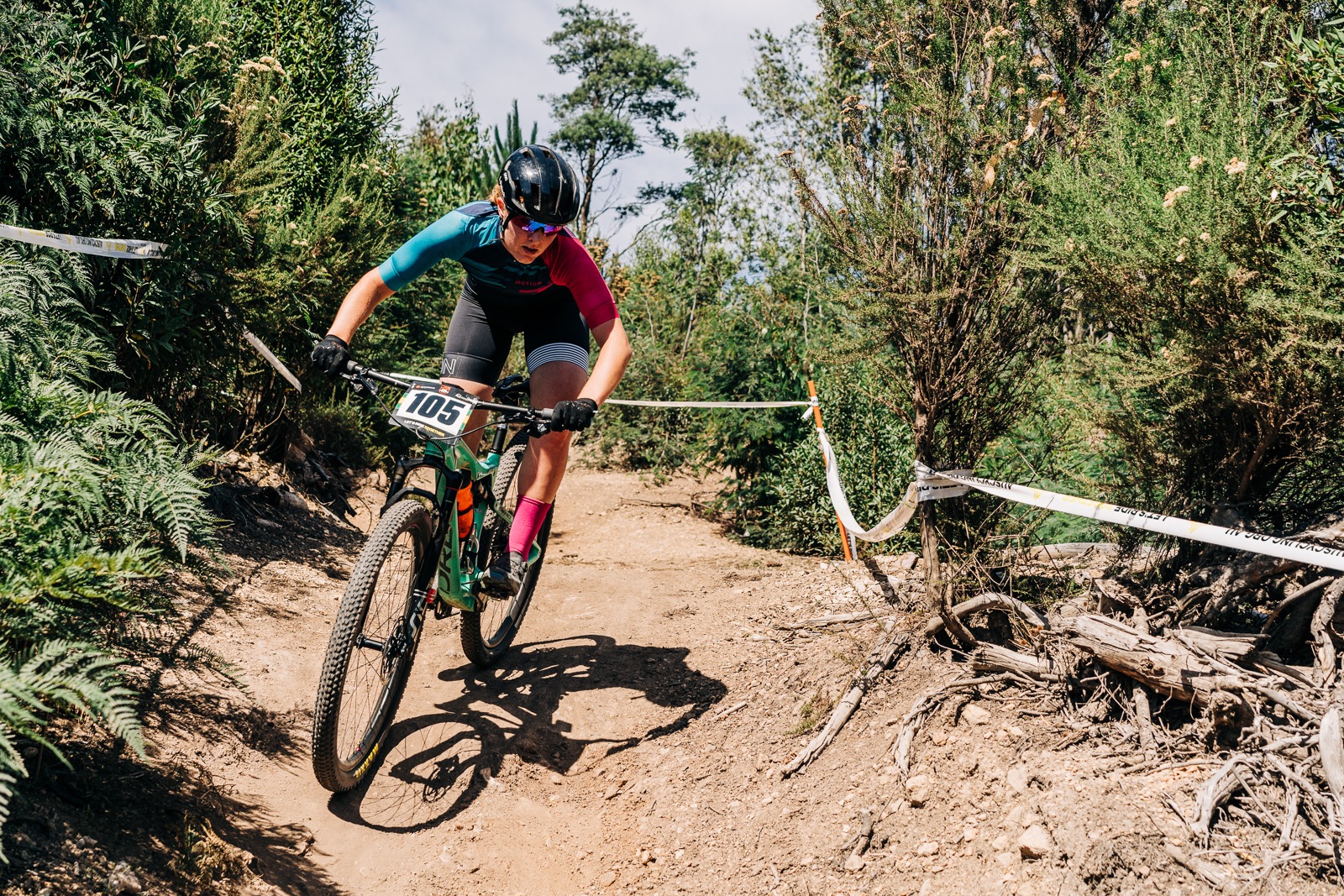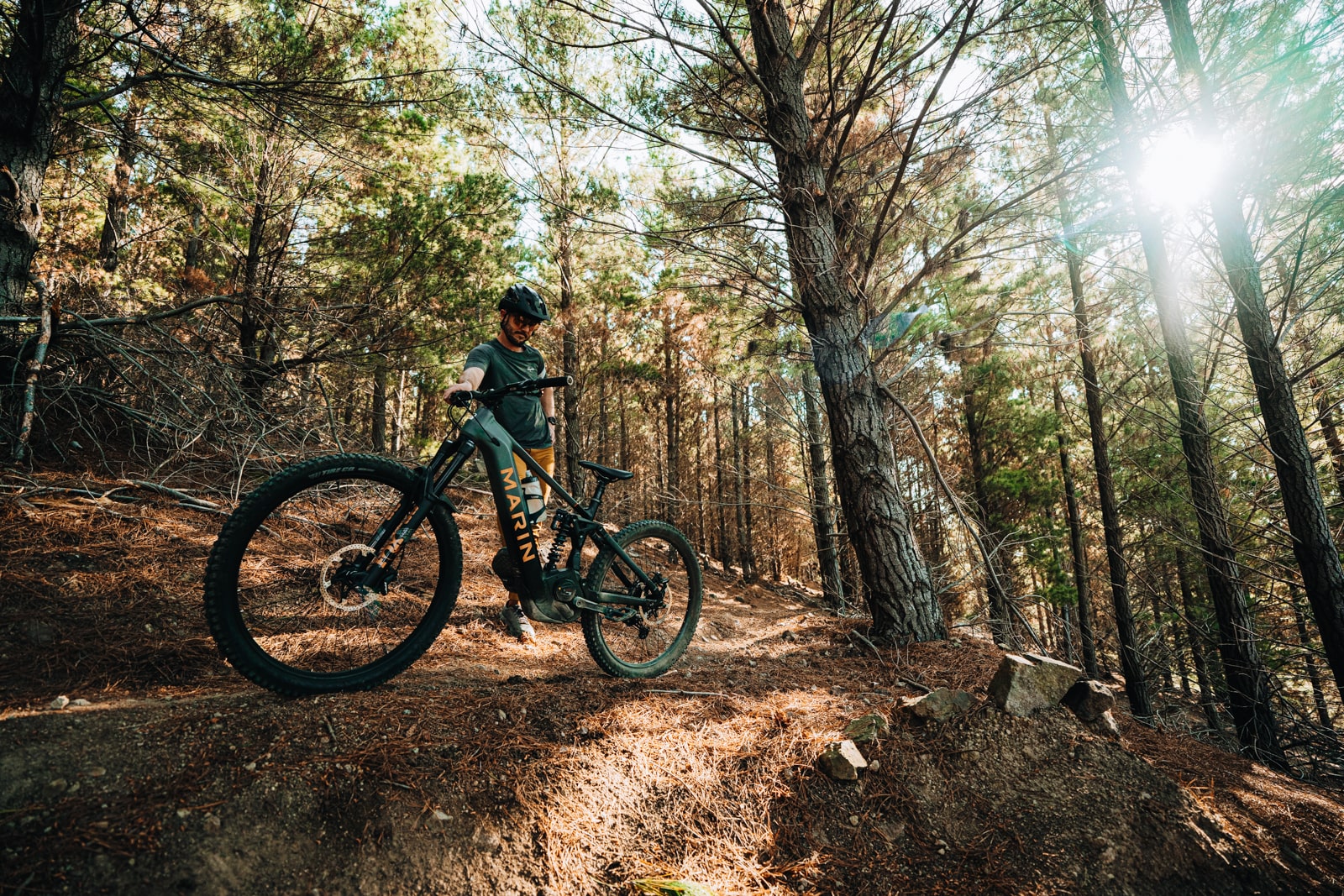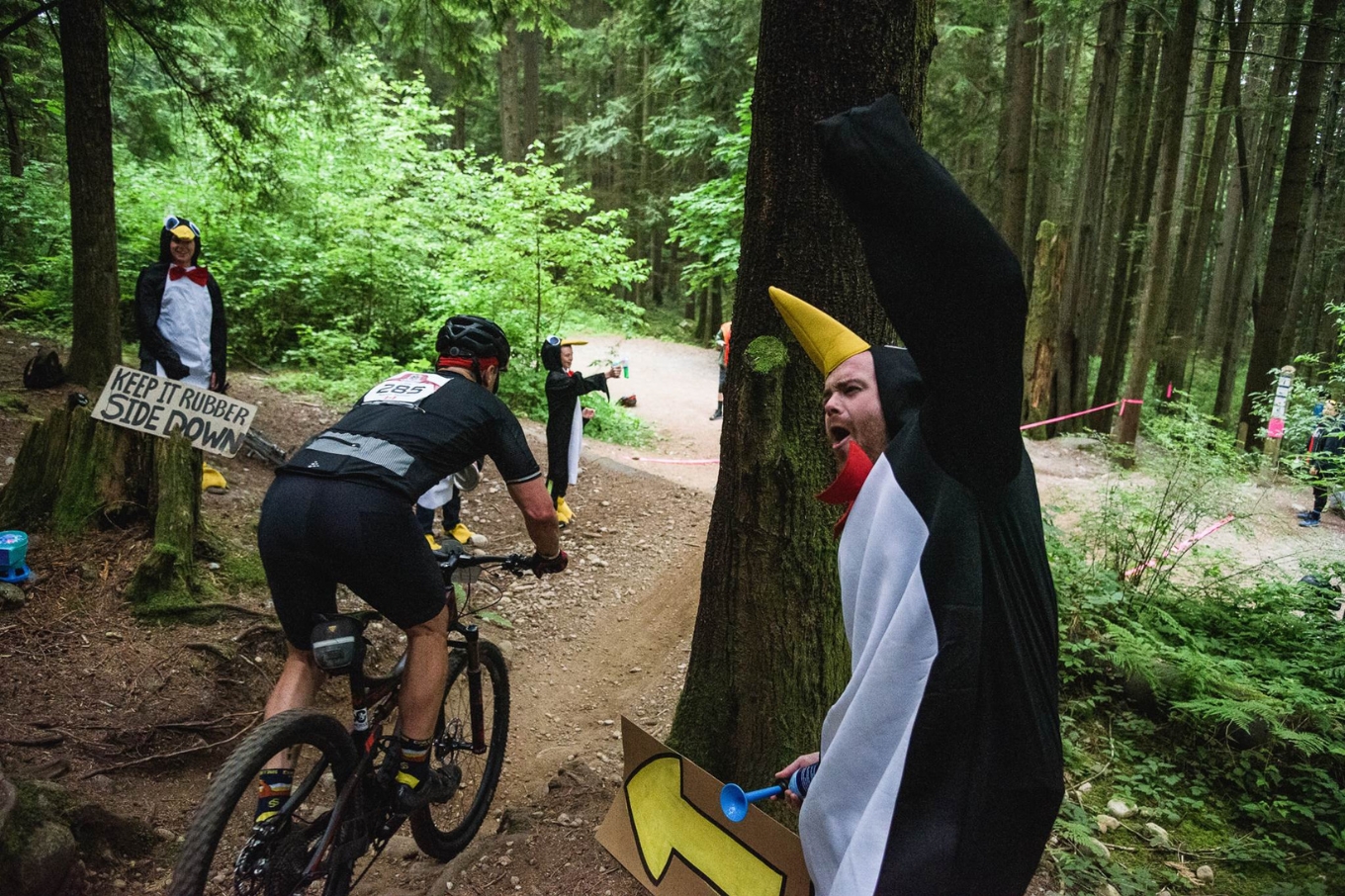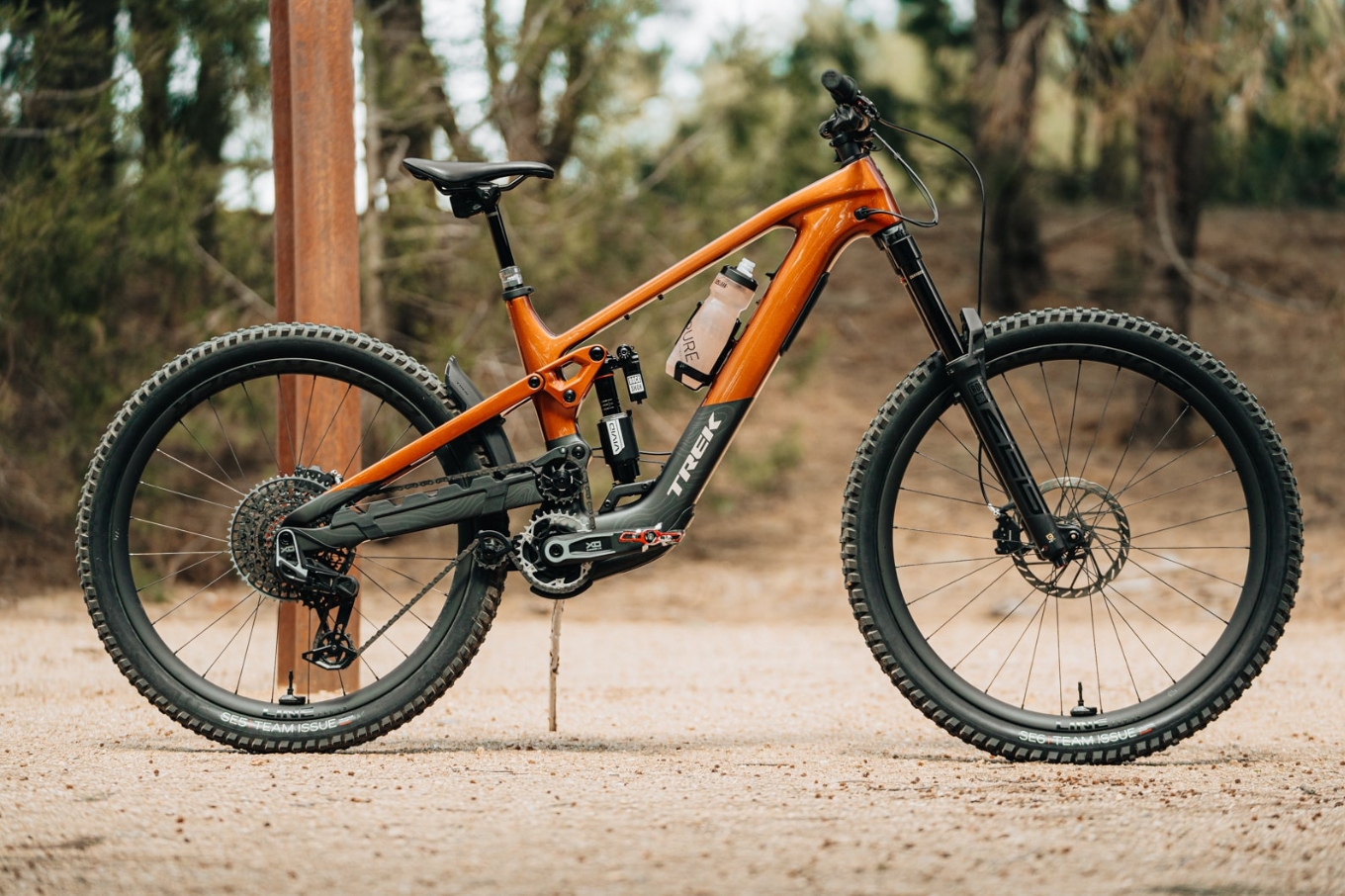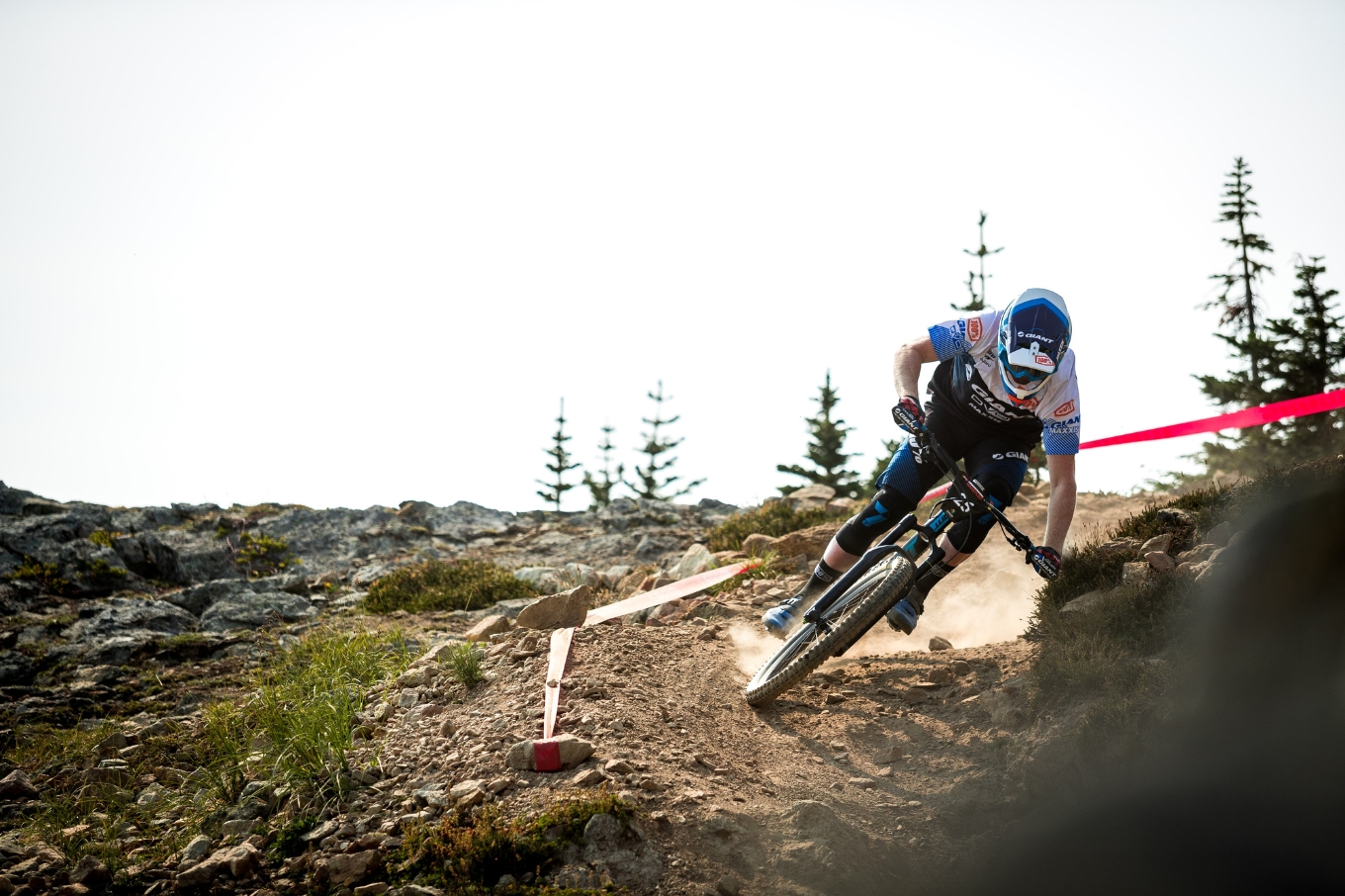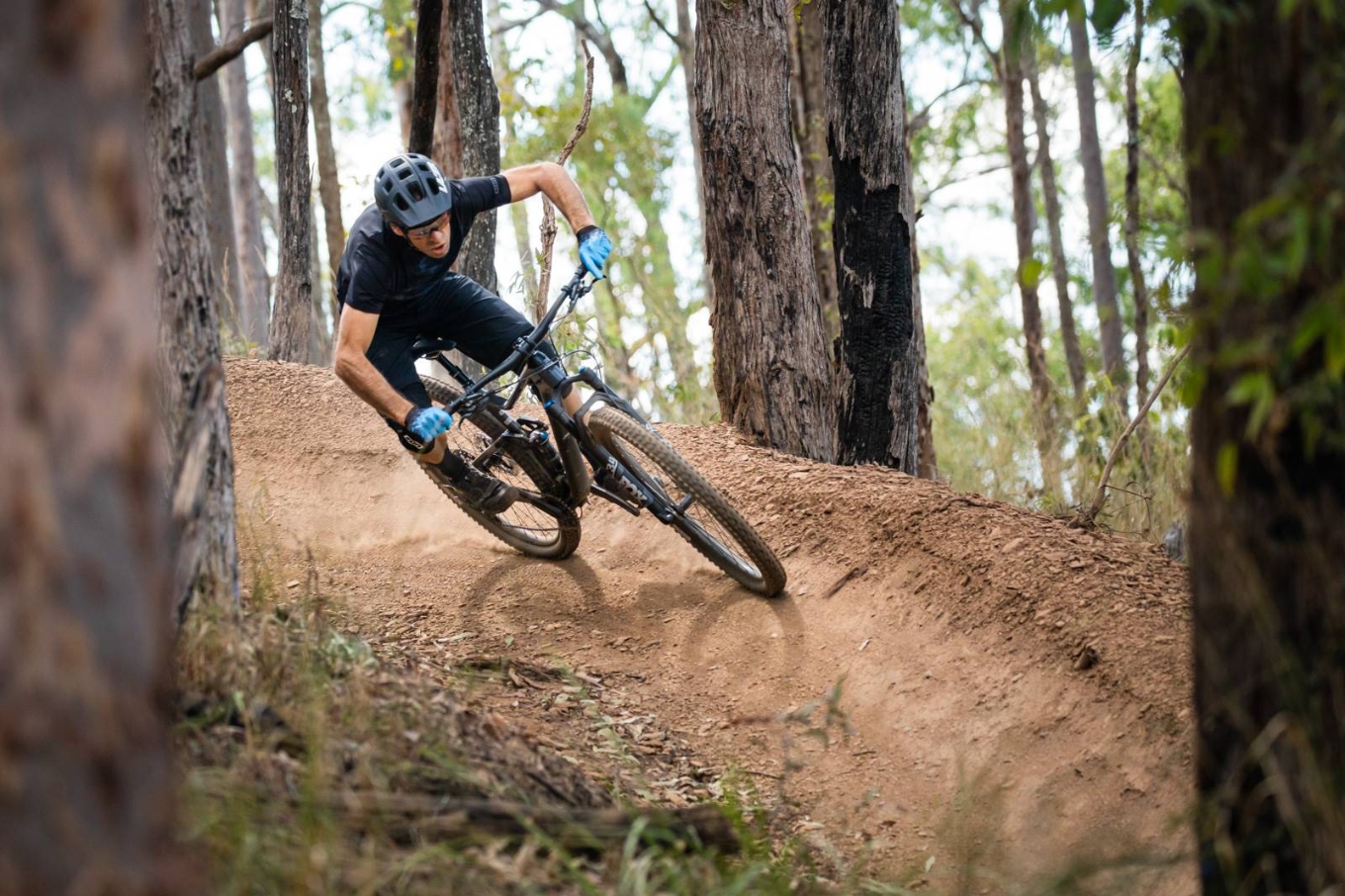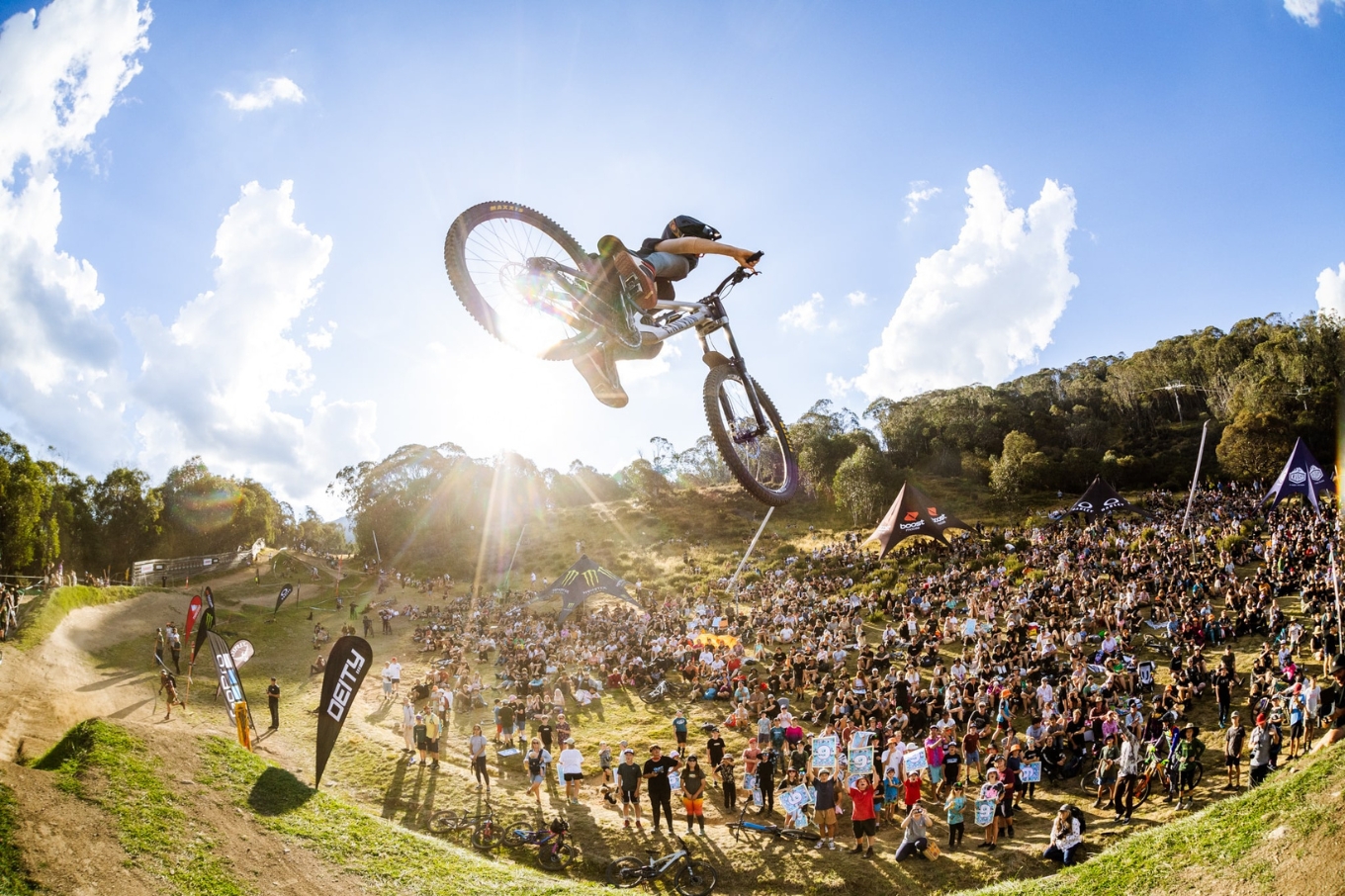What happens when you scan a MTB trail for a line?
What's actually happening when you scan a trail, and decide what line you should be on? Dr Kath Bicknell explains it all for us.
Words: Dr Kath Bicknell
While the world’s best downhillers might spend hours or even days deciding on the perfect line through a section of trail, this isn’t how most of us ride. Sure, if something’s tricky, we might get off the bike and look closely at the trail ahead. But most of the time, we stay on our bikes and do something else remarkable instead: we scan.
Scanning refers to the way riders can look quite quickly at the terrain ahead, seeking and finding information about line choices and the skills needed to a) ride them well and b) hopefully not die.
Scanning is also something we often do even when we have a precise line in mind – although in these situations it’s more about fine tuning or adjusting that line to the precise conditions that moment demands.

Like all skills, scanning is one that we refine with practice. It’s also a fascinating example of how mind skills can help with bike skills when riding technical trails.
Scanning for basic information helps you know where to go and keep your momentum while you work this out. This could mean: noticing the dominant line (a helpful thing to scan for when riding trails you’ve never ridden before); the entry to a corner; entries to A and B lines; things you most certainly don’t want to ride over (like a cliff); or an incline ahead that necessitates a change in gear or speed now.
Scanning for information that helps you refine your approach to a specific section of trail could mean: looking for things that indicate wind speed or direction like moving leaves or a flag on the approach to a jump; or checking for the size of puddles or blown out dirt on one section of trail to make an informed prediction about the track conditions further ahead.
We scan our bodies as well. This helps us know how tired or alert we’re feeling, the right gear for a particular steep pinch today, how we’re managing any niggling injuries, and whether we need to eat or drink more.

The remarkable thing about scanning is that we can do this WHILE we’re riding our bikes over a different section of terrain AND we use it to make rapid decisions about how to ride the fast-approaching section ahead.
What’s more, the decisions we make are often impressively context sensitive: this trail, in this condition, on this day, with this new rut forming, on this bike, with these sub-optimal brakes, this much suspension and this amount of leg power. Plus, the strategies we develop in response are often surprisingly effective given the speed at which we make them.
Like many cognitive processes in sport, scanning is a brain and body-saving measure that helps us fine-tune where we focus our attention and technique, and when. It buys us time to adjust if needed, and relies on our ability to keep pedalling and moving without consciously instructing every bit of that process at the same time.
One of the ways our brains achieve this level of efficiency lies in the fact that scanning isn’t about noticing detailed information about every section of trail. It’s about picking up key bits of information that impact decision making in relation to a goal, like a smart line choice or how to approach a specific obstacle. We can also integrate this with background knowledge we already have about this particular trail, and trails in general, as we decide what to do next.
Next time you’re belting along a new trail or riding a familiar one, take a moment to congratulate yourself on your mental achievements as well as your physical ones. Notice how the way you scan a trail changes the more you ride it, and discover what else this teaches you about your incredible brain.
Photos: Andy Rogers and Jack Fletcher
Kath Bicknell wrote a PhD on the lived experience of mountain biking before spending nine years working in Cognitive Science and Anthropology at Macquarie University. Learn more from Kath about supporting your mind and body to get more out of your time on the bike at intelligentaction.cc
@Intelligent_Action

